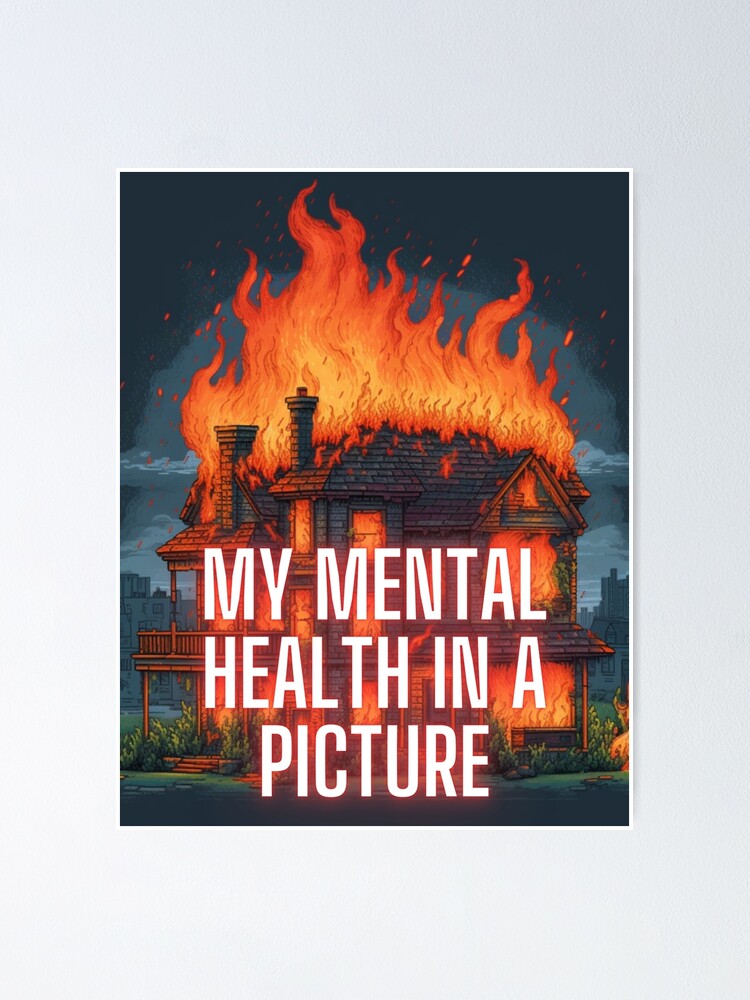What Really Causes Abandonment Issues?

Ever felt that pit in your stomach when someone doesn’t text back? Or that overwhelming anxiety when a relationship seems to be fading? You might be dealing with abandonment issues.
These aren’t just random insecurities – they’re deeply rooted emotional responses that stem from our earliest experiences. And while they can feel overwhelming, understanding where they come from is the first step to healing.
Let’s dive into what causes abandonment issues, how they show up in our lives, and what we can actually do about them. (Spoiler alert: no, you don’t have to accept feeling this way forever.)
What Causes Abandonment Issues?
Abandonment issues don’t just appear out of nowhere. They’re usually planted in childhood and continue growing throughout our lives.
1. Childhood Trauma and Neglect
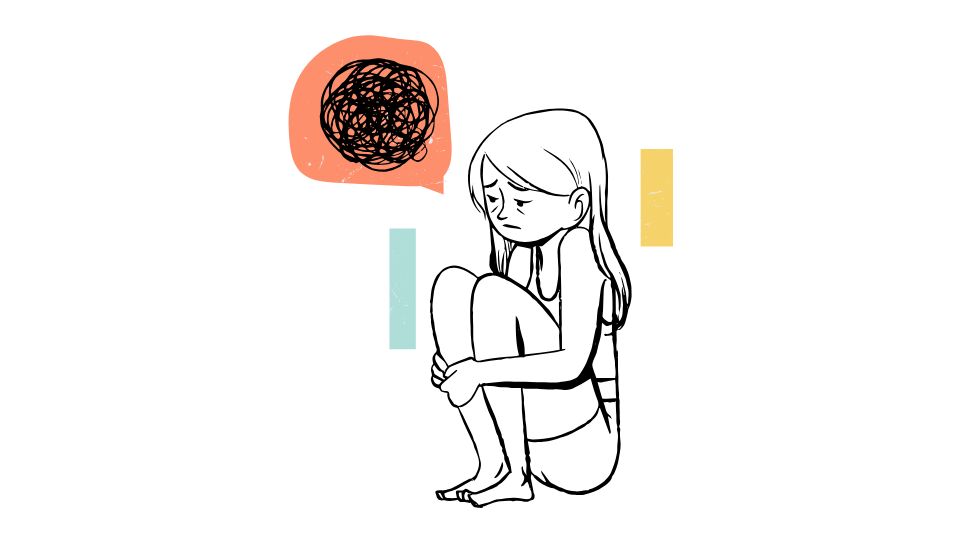
The blueprint for our emotional responses often gets drawn in our earliest years. When children don’t receive consistent love, support, and care, their developing brains learn that people can’t be counted on.
This includes:
- Physical abandonment – A parent who left or wasn’t physically present
- Emotional abandonment – Parents who were physically there but emotionally unavailable
- Inconsistent caregiving – Never knowing if your needs would be met
Research from the Child Welfare Information Gateway shows that these early experiences actually change how our brains develop. Your brain literally gets wired to expect abandonment.
2. Attachment Style Gone Wrong
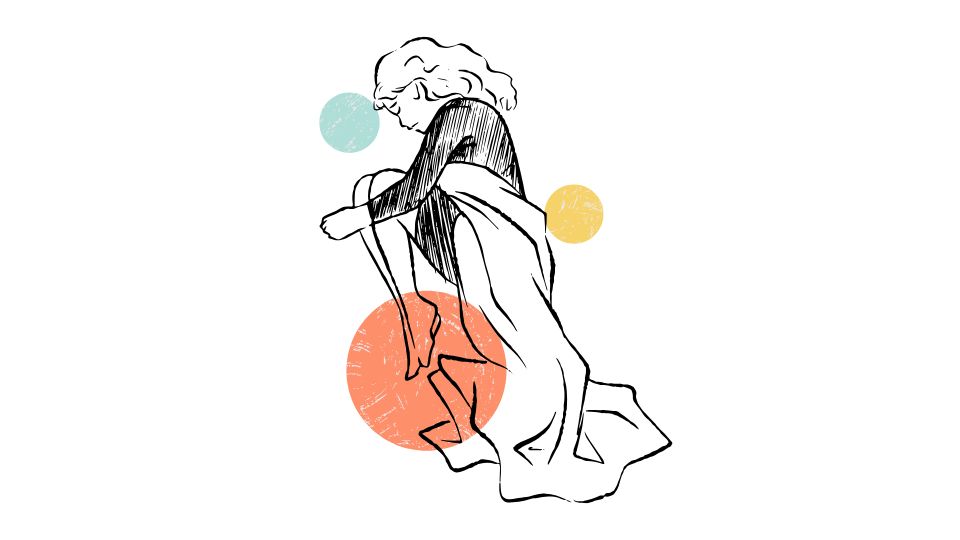
We all develop attachment styles as babies based on how our caregivers respond to our needs. When those relationships are rocky, we develop insecure attachment styles:
- Anxious attachment: “I need constant reassurance you won’t leave me”
- Avoidant attachment: “I’ll reject you before you can reject me”
- Disorganized attachment: “I both desperately need you and fear you’ll hurt me”
These patterns don’t just disappear when we grow up – they become the template for how we approach all future relationships.
3. Relationship Trauma in Adulthood
Childhood isn’t the only time abandonment wounds can form. Adult experiences can create or deepen abandonment issues too:
- Sudden breakups
- Infidelity that blindsides you
- Death of a partner
- Being ghosted in relationships
According to a study in the Journal of Social and Personal Relationships, these adult experiences can be particularly damaging because they confirm our worst fears – that we aren’t worthy of consistent love.
4. Mental Health Connections
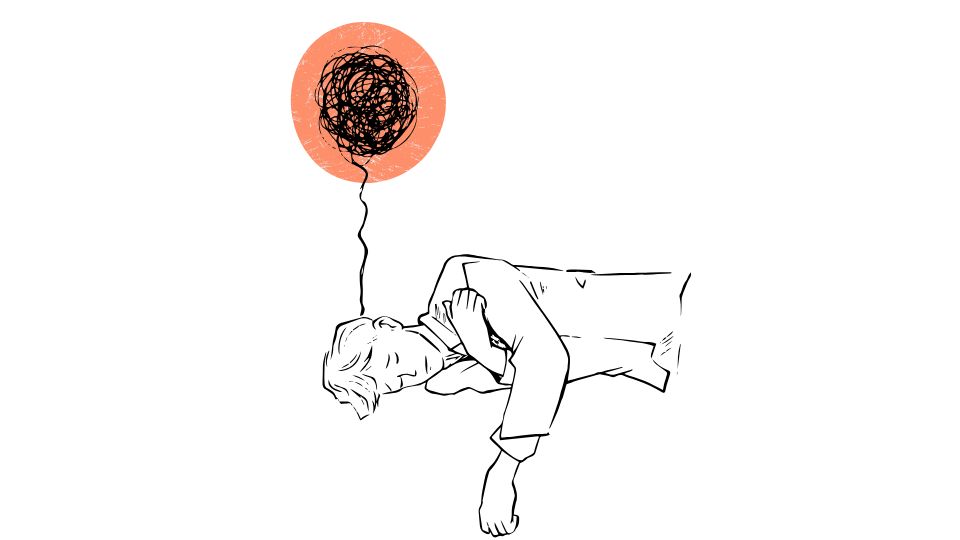
Abandonment issues often dance with other mental health conditions:
- Borderline Personality Disorder has fear of abandonment as a core feature
- Depression can deepen feelings of unworthiness
- Anxiety disorders amplify the fear response to potential rejection
These conditions can create a vicious cycle – abandonment fears worsen mental health, and poor mental health intensifies abandonment fears.
How Abandonment Issues Show Up in Your Life
So how do you know if you’re dealing with abandonment issues? Here are some common signs:
In Relationships
- Clinginess – needing constant reassurance and contact
- Jealousy that seems out of proportion to the situation
- People-pleasing to ensure others won’t leave you
- Testing partners by creating conflicts to see if they’ll stay
- Panic when someone is unreachable or late
- Sabotaging relationships before they can hurt you
In Your Emotions
- Intense anxiety about being alone
- Feeling unworthy of stable love
- Overwhelming fear when relationships change
- Hypersensitivity to rejection cues (real or imagined)
- Difficulty trusting others
In Your Thoughts
- “They’re going to leave eventually”
- “I’m too much/not enough”
- Catastrophizing minor relationship issues
- Assuming negative intentions when someone is distant
- “I need to protect myself from getting hurt again”
According to the American Psychological Association, these patterns are actually protective mechanisms – your brain trying to shield you from experiencing the pain of abandonment again.
Breaking the Cycle: Healing Abandonment Issues
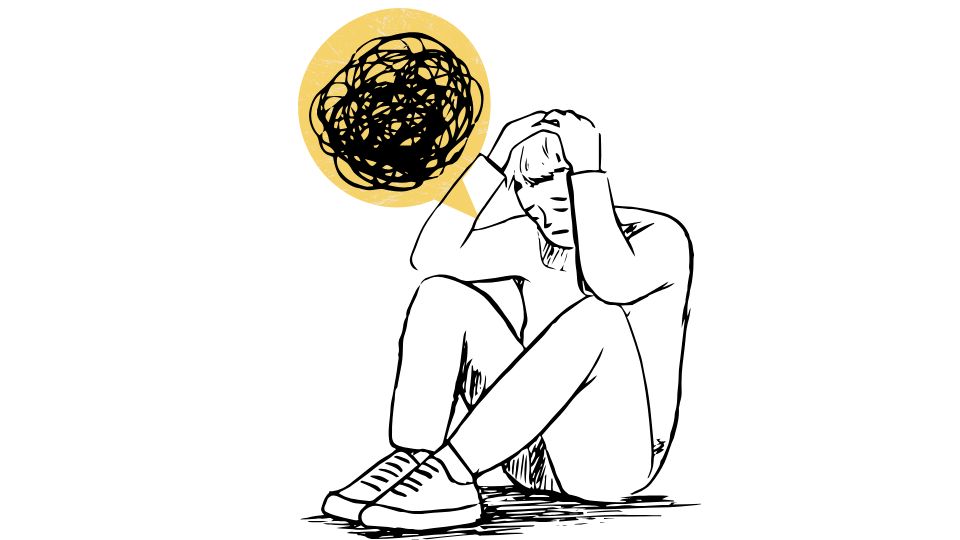
The good news? You can heal from abandonment issues. The bad news? It takes work. Here’s where to start:
1. Recognize Your Patterns
The first step is awareness. Start noticing when your abandonment fears get triggered:
- What situations set them off?
- What physical sensations do you feel?
- What thoughts automatically pop up?
- How do you typically react?
Just observing these patterns without judgment can be powerful. As psychologist and relationship expert Dr. John Gottman says, “awareness is the first step to change.”
2. Work with a Therapist
Some wounds are too deep to heal on your own. A therapist who specializes in attachment issues can help you:
- Process childhood trauma
- Develop secure attachment behaviors
- Learn to self-regulate during abandonment triggers
- Reframe negative core beliefs about your worthiness
Specific approaches like Cognitive Behavioral Therapy and EMDR have been shown to be particularly effective for abandonment issues.
3. Practice Self-Compassion
Beating yourself up for having abandonment issues just compounds the problem. Instead:
- Speak to yourself with kindness when triggered
- Validate your feelings even as you work to change your responses
- Remember that your reactions made sense given your history
- Celebrate small progress rather than expecting perfection
4. Build a Secure Support System
Having reliable relationships can help rewire your expectations:
- Cultivate friendships with emotionally available people
- Be honest about your struggles with trusted others
- Join support groups for people with similar issues
- Practice vulnerability in safe relationships
The Attachment Project reports that we can develop “earned secure attachment” through healthy adult relationships, even if our childhood experiences were difficult.
The Bottom Line
Abandonment issues aren’t your fault, but healing them is your responsibility. Understanding where these fears come from doesn’t excuse harmful behavior, but it does explain it – and gives you a roadmap for change.
With awareness, support, and practice, you can gradually rewrite your internal story from “everyone leaves me” to “I am worthy of consistent love.”
The journey isn’t quick or easy, but freedom from the constant fear of abandonment is worth every step.

